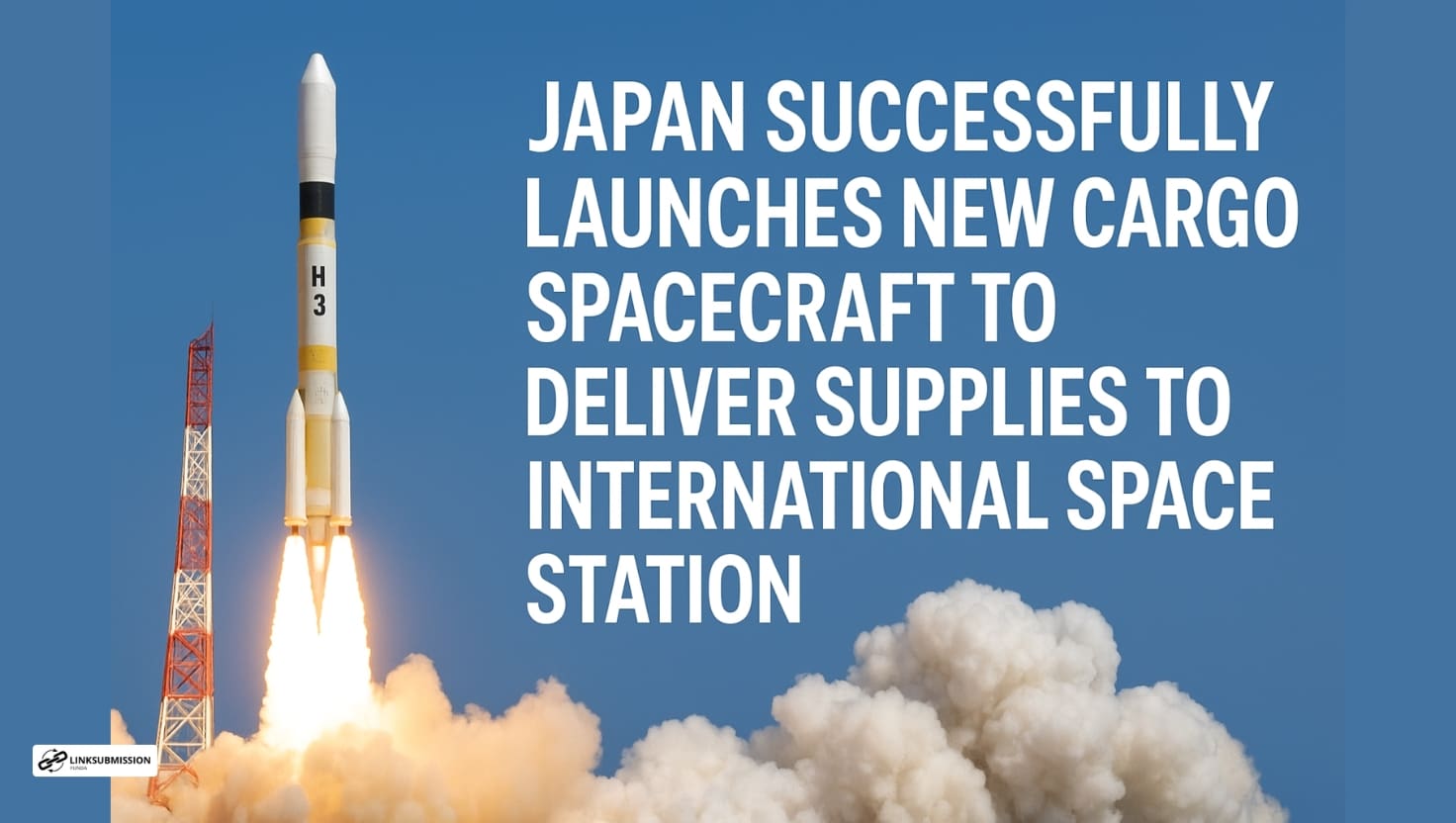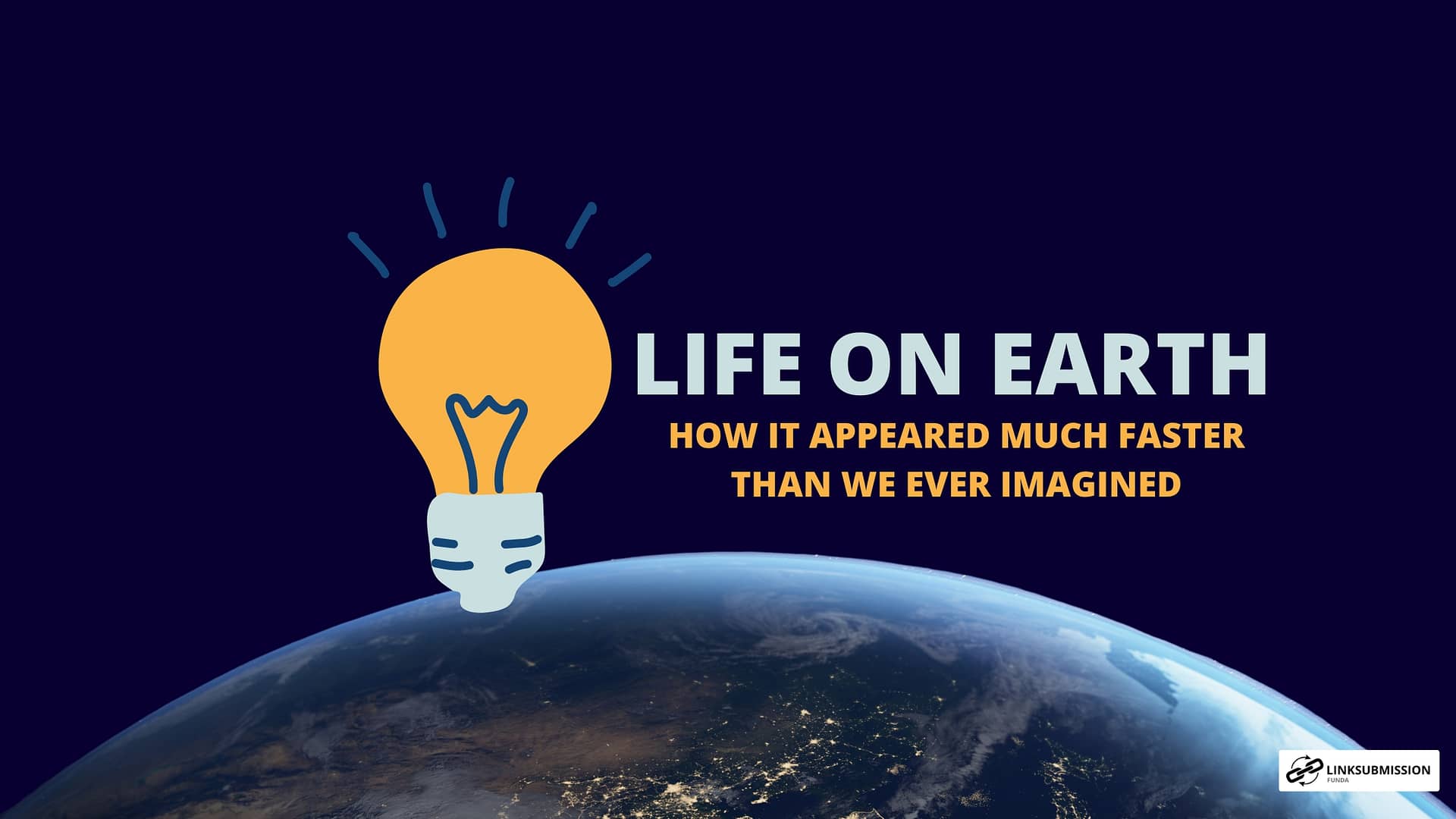Japan has once again demonstrated its technological prowess and commitment to international space exploration by successfully launching a new cargo spacecraft to the International Space Station (ISS). The mission marks another milestone in Japan’s ongoing contribution to the global effort of maintaining and supplying humanity’s orbiting laboratory, ensuring that astronauts aboard the ISS have everything they need to continue their research and daily operations.
A Smooth Launch from Tanegashima Space Center
The Japan Aerospace Exploration Agency (JAXA) successfully launched its latest cargo spacecraft, the HTV-X1 (H-II Transfer Vehicle-X1), from the Tanegashima Space Center in southern Japan. The spacecraft was carried aloft by Japan’s reliable H3 rocket, marking one of the nation’s most significant space achievements of the year.
The HTV-X1, an upgraded version of Japan’s previous “Kounotori” cargo series, is designed to deliver critical supplies — including food, equipment, scientific experiments, and maintenance tools — to astronauts aboard the ISS. Following liftoff, the spacecraft entered its planned orbit and began its autonomous journey to rendezvous with the space station, a process that typically takes around two days.
Carrying Vital Cargo for Science and Survival
Onboard the HTV-X1 is a range of cargo designed to support both daily living and scientific exploration. This includes fresh food and water, spare parts, experimental materials, and even new equipment for ongoing research projects in microgravity.
One of the mission’s key highlights is the delivery of advanced life-support system components and new scientific payloads designed to study materials behavior, biology, and human physiology in space. Some experiments are aimed at preparing future long-duration missions — including lunar and Martian expeditions — by understanding how humans and materials adapt to extreme space environments.
The cargo also includes satellite deployment systems, allowing astronauts to release small satellites (CubeSats) from the ISS to conduct independent research or communication tests, further expanding the reach of space-based technologies.
A New Generation of Japanese Spacecraft
The HTV-X1 represents a major evolution from its predecessor, the Kounotori HTV series, which completed nine successful missions between 2009 and 2020. The new spacecraft is lighter, more cost-efficient, and more capable, featuring a modular design that allows greater flexibility for future missions.
Unlike earlier models, the HTV-X1 can operate more autonomously, reducing the workload for mission controllers and astronauts. It also carries improved propulsion systems, updated avionics, and more efficient power management — making it not only a cargo carrier but also a potential platform for new in-space experiments and satellite servicing in the future.
Furthermore, the HTV-X1’s reentry capsule can return samples or experiment results back to Earth — a valuable feature for scientific research. This addition enhances Japan’s role as a critical logistics provider in the ISS program, alongside NASA, SpaceX, Roscosmos, and other partners.
Strengthening Global Cooperation in Space
Japan’s successful launch is not just a technical accomplishment but also a reaffirmation of its partnership with international space agencies such as NASA, ESA (European Space Agency), and CSA (Canadian Space Agency). As part of the ongoing collaboration, JAXA continues to play a vital role in the ISS supply chain, ensuring that astronauts have consistent support for their work.
This mission also underscores Japan’s long-term commitment to the Artemis program, an international effort led by NASA to return humans to the Moon. The technologies tested and refined in the HTV-X program are expected to contribute to the upcoming Gateway lunar outpost, which will serve as a staging point for future missions to the Moon and beyond.
Looking Ahead: A Future Beyond the ISS
As the ISS approaches the final decade of its operation, Japan is already preparing for the next phase of human space exploration. The success of the HTV-X1 provides a strong foundation for Japan’s continued involvement in lunar logistics, deep space missions, and commercial space transport.
JAXA aims to build on the HTV-X platform to support future projects like the Lunar Gateway and low-Earth orbit commercial stations that are expected to replace the ISS after its retirement. The agency also plans to enhance its cooperation with private space companies, ensuring that Japan remains a leading force in the rapidly evolving space economy.
Conclusion
Japan’s successful launch of the new HTV-X1 cargo spacecraft is more than a routine resupply mission — it’s a symbol of innovation, international collaboration, and forward-looking ambition. With each successful mission, JAXA not only supports astronauts aboard the ISS but also contributes to humanity’s collective journey toward deeper space exploration.
As the spacecraft makes its way to the International Space Station, carrying essential supplies and scientific tools, it represents the dedication, precision, and teamwork that define modern space exploration — a journey where every nation, including Japan, plays a vital role in advancing the frontier of human knowledge.





